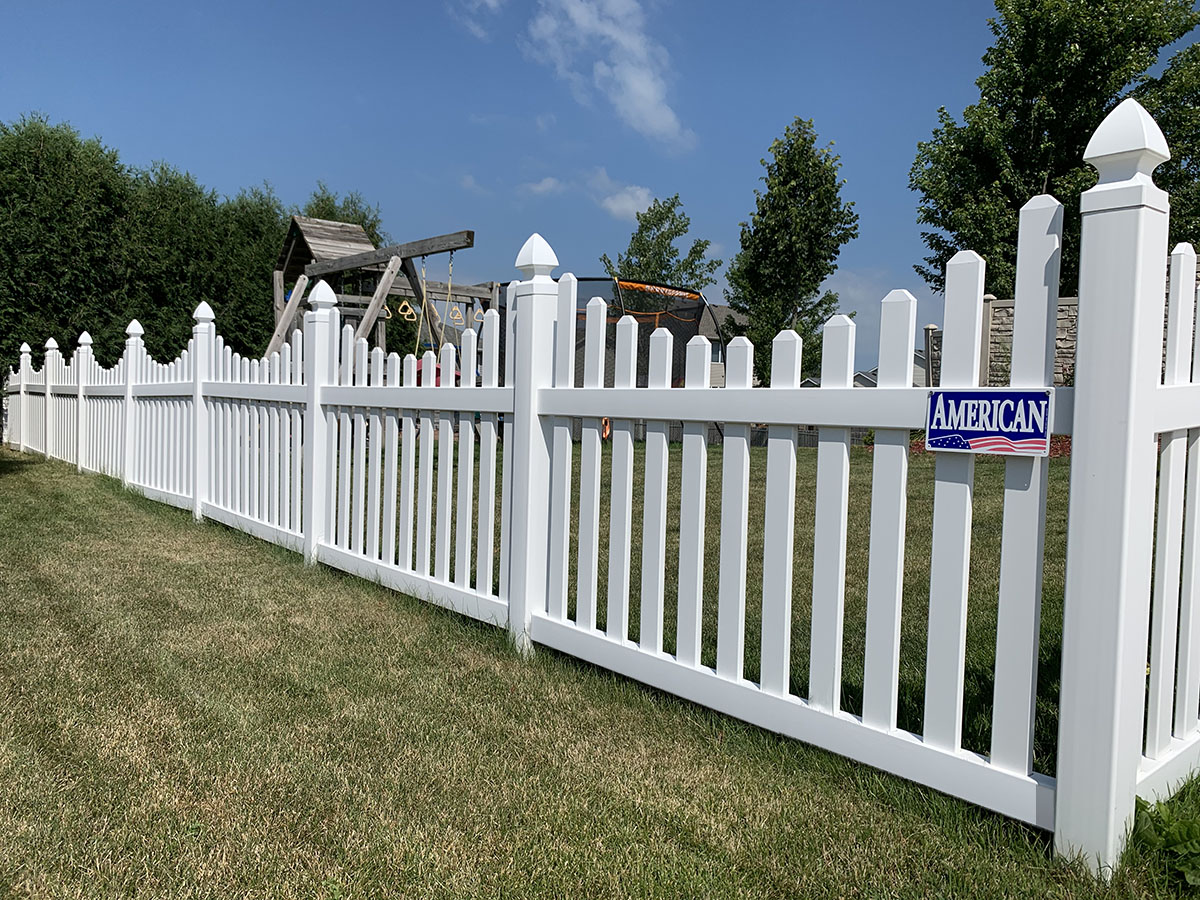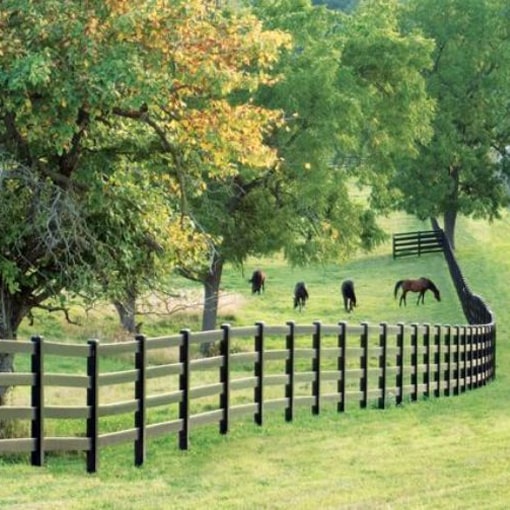All Categories
Featured
Setting up a fence on your home can include personal privacy, safety, and visual appeal, but prior to you begin excavating holes and establishing posts, it's vital to understand whether you need a permit. The type of fencing you prepare to install, where it will be positioned, and local zoning laws can all affect the permitting procedure. Not getting the required authorizations could result in penalties or the need to eliminate the fencing. Below's what you require to recognize to guarantee a smooth installation procedure.
Why Are Permits Necessary for Fencing Setup? Permits are necessary for making sure that your fence abides by neighborhood zoning regulations and building ordinance. These guidelines help guarantee the safety and security of your residential or commercial property and the bordering location. Furthermore, allows protect against disputes with neighbors or regional authorities, specifically when it comes to building lines, height restrictions, and total layout.
In most cases, neighborhood authorities need licenses to control points like presence at crossways or the distance of a fence to public rooms like walkways or roads. Authorizations likewise aid ensure that fences are mounted properly and securely, particularly when it comes to high fences or special products.
Typical Kinds Of Permits for Fence Setup. The sort of fence you wish to set up and your location will figure out which permits are needed. Below are the most typical types:
Structure License. A structure authorization is normally needed for fences that go beyond specific elevation limits (commonly above 6 feet), are located near a public roadway or pathway, or are made from certain products. Structure allows make sure that the framework meets neighborhood building regulations, including safety requirements.
Zoning Permit. Zoning licenses are usually called for to guarantee that your fencing abides by neighborhood zoning regulations. Zoning regulations can specify where a fence can be put on your home (e.g., along residential property lines or in front lawns), in addition to set limits on fencing height. These legislations are designed to protect against obstructions that could affect website traffic safety and security or community appearances.
![]()
Trouble Permit. In some locations, you might need a problem license to place your fencing a specific distance from home energies, lines, or roadways. Obstacles are meant to maintain proper room in between structures and building limits, decreasing possible conflicts with neighbors or public facilities.
Homeowners Organization (HOA) Approval. If your building becomes part of an area regulated by a Homeowners Association (HOA), you will likely need authorization from the HOA prior to setting up a fence. HOA guidelines often control the design, height, products, and also shade of fences, ensuring that they match the overall visual of the community.
The Process for Getting a Fence License. To acquire a fencing authorization, you normally require to contact your neighborhood city or county workplace. The majority of locations have a building division or preparation office where you can get licenses. The process includes finishing an application and offering in-depth information concerning your suggested fence, consisting of:
Fence design (materials, height, design) Area on the residential property. Home line details (for accurate positioning) Oftentimes, a website strategy revealing the proposed fence's setting will be needed. You might additionally require to pay a license cost, which can vary based on place and the intricacy of the project.
As soon as you submit your application, the neighborhood authorities will examine it to guarantee the fence abides by regional laws. Relying on your location, you may also require to allow or set up an examination for a home study.
When Do You Not Need a License? In some situations, a permit may not be needed. Normally, you could not require a permit if:
![]()
The fence is under a specific height (often 3-4 feet for front yards) You're replacing an existing fence with the same type and height. The fencing is momentary (such as a garden fencing) It's constantly a great concept to check with your local building or zoning division to validate the requirements, as rules can vary.
Repercussions of Not Getting an Authorization. In some cases, you might require to re-install the fencing according to code, which can be costly and lengthy. In addition, not following the correct allowing procedure can develop issues with next-door neighbors, particularly if your fencing extends past your residential property line or does not fulfill elevation or style requirements.
Conclusion. Before mounting a fencing, make certain you're conscious of the neighborhood guidelines and whether you need a permit. By getting the right licenses, you'll make sure that your fencing is lawfully compliant, safe, and free from future problems.
Why Are Permits Necessary for Fencing Setup? Permits are necessary for making sure that your fence abides by neighborhood zoning regulations and building ordinance. These guidelines help guarantee the safety and security of your residential or commercial property and the bordering location. Furthermore, allows protect against disputes with neighbors or regional authorities, specifically when it comes to building lines, height restrictions, and total layout.
In most cases, neighborhood authorities need licenses to control points like presence at crossways or the distance of a fence to public rooms like walkways or roads. Authorizations likewise aid ensure that fences are mounted properly and securely, particularly when it comes to high fences or special products.
Typical Kinds Of Permits for Fence Setup. The sort of fence you wish to set up and your location will figure out which permits are needed. Below are the most typical types:
Structure License. A structure authorization is normally needed for fences that go beyond specific elevation limits (commonly above 6 feet), are located near a public roadway or pathway, or are made from certain products. Structure allows make sure that the framework meets neighborhood building regulations, including safety requirements.
Zoning Permit. Zoning licenses are usually called for to guarantee that your fencing abides by neighborhood zoning regulations. Zoning regulations can specify where a fence can be put on your home (e.g., along residential property lines or in front lawns), in addition to set limits on fencing height. These legislations are designed to protect against obstructions that could affect website traffic safety and security or community appearances.

Trouble Permit. In some locations, you might need a problem license to place your fencing a specific distance from home energies, lines, or roadways. Obstacles are meant to maintain proper room in between structures and building limits, decreasing possible conflicts with neighbors or public facilities.
Homeowners Organization (HOA) Approval. If your building becomes part of an area regulated by a Homeowners Association (HOA), you will likely need authorization from the HOA prior to setting up a fence. HOA guidelines often control the design, height, products, and also shade of fences, ensuring that they match the overall visual of the community.
The Process for Getting a Fence License. To acquire a fencing authorization, you normally require to contact your neighborhood city or county workplace. The majority of locations have a building division or preparation office where you can get licenses. The process includes finishing an application and offering in-depth information concerning your suggested fence, consisting of:
Fence design (materials, height, design) Area on the residential property. Home line details (for accurate positioning) Oftentimes, a website strategy revealing the proposed fence's setting will be needed. You might additionally require to pay a license cost, which can vary based on place and the intricacy of the project.
As soon as you submit your application, the neighborhood authorities will examine it to guarantee the fence abides by regional laws. Relying on your location, you may also require to allow or set up an examination for a home study.
When Do You Not Need a License? In some situations, a permit may not be needed. Normally, you could not require a permit if:

The fence is under a specific height (often 3-4 feet for front yards) You're replacing an existing fence with the same type and height. The fencing is momentary (such as a garden fencing) It's constantly a great concept to check with your local building or zoning division to validate the requirements, as rules can vary.
Repercussions of Not Getting an Authorization. In some cases, you might require to re-install the fencing according to code, which can be costly and lengthy. In addition, not following the correct allowing procedure can develop issues with next-door neighbors, particularly if your fencing extends past your residential property line or does not fulfill elevation or style requirements.
Conclusion. Before mounting a fencing, make certain you're conscious of the neighborhood guidelines and whether you need a permit. By getting the right licenses, you'll make sure that your fencing is lawfully compliant, safe, and free from future problems.
Latest Posts
Why Metro Detroit Homeowners Trust Bath Fitter for Life
Published Apr 22, 25
1 min read
Your Regional Floor Covering Specialists in Orland Park, IL
Published Apr 22, 25
1 min read
Unlock Great Deals with Montclare Auto Repair Specials - Hurry, Don’t Miss Out!
Published Apr 21, 25
2 min read
More
Latest Posts
Why Metro Detroit Homeowners Trust Bath Fitter for Life
Published Apr 22, 25
1 min read
Your Regional Floor Covering Specialists in Orland Park, IL
Published Apr 22, 25
1 min read
Unlock Great Deals with Montclare Auto Repair Specials - Hurry, Don’t Miss Out!
Published Apr 21, 25
2 min read